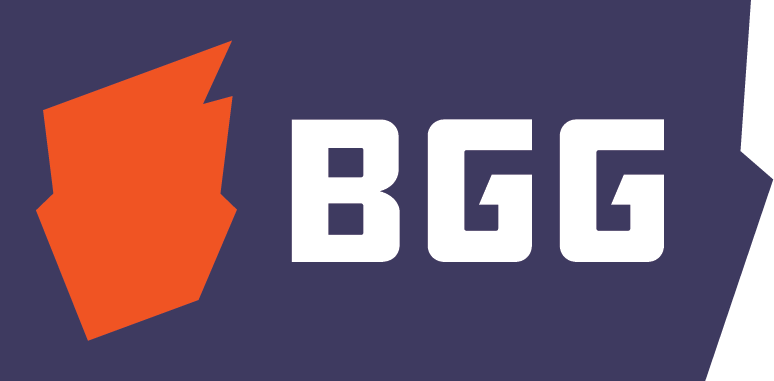Opis w języku angielskim: "The goal is to collapse adversary’s system into confusion and disorder causing him to over and under react to activity that appears simultaneously menacing as well as ambiguous, chaotic, or misleading."
John R. Boyd, “Patterns of Conflict”
At 0400 Zulu Time, July 24 1985, Warsaw Pact forces cross the Inner German Border and assault NATO positions in West Germany. The offensive against the US VII Corps sector has a first echelon of eight Soviet and Czechoslovakian divisions, and three main objectives: Pin the NATO forces defending the area, inflict as much casualties as possible, and force CENTAG to commit its reserves to the defense.
Taking its roots from SPI’s Central Front and NATO: Division Commander, In a Dark Wood is the fourth module of the C3 series, focused on Command, Control and Communication and pioneered by Less Than 60 Miles - one of the five nominees for the 2019 Charles Roberts Awards as Best Post-WW2, Cold War, & Hypothetical Era Board Wargame.
Several typical wargame mechanics have been reinterpreted, and both sides must fight three equally dangerous foes: the enemy, their own plan and time. Even a simple action can quickly turn into a disaster when facing an opponent using more efficiently the real key to victory: the OODA Loop theorized by John Boyd in the early ‘80s and used today as the basis for several military doctrines.
Military doctrine, tactics and peculiarities for each side are represented, allowing a skilled commander to use his own strength points and exploit the enemy's weak ones. Some examples are:
US VII Corps command problems due to its multinational structure.
West German Auftragstaktik (Mission-Type Orders), giving Bundeswehr a flexibility hardly obtained by other armies.
French incomplete integration into the wartime NATO structure.
Soviet Sappers, first-line assault units used to crack the toughest nuts.
Soviet Assault From March.
The abundant but partially outdated Czechoslovakian artillery.
Warsaw Pact Axis of Advance.
Warsaw Pact vulnerable supply network.
Game Highlights
5 km per hex, 3 hours per game turn
Regiment / Battalion sized ground units
Detailed Order of Battle set in 1985
Close Air Support and Attack Helicopters
Command, Control & Communication related problems
Electronic and Intelligence Warfare
Artillery interdiction and Counter-Battery fire
Chemical and Nuclear warfare
Specific events for Warsaw Pact and NATO
Random events to further increase battlefield chaos
Two Campaign Games:
"The Main Problem", the Warsaw Pact offensive against US VII Corps.
"One Minute to Midnight", Unrestricted nuclear warfare after days of build-up.
Four Smaller Scenarios:
"Just a Second Away", US 2ACR and 1/3I Brigade meet the Soviet 28th Tank Division.
"Shortcut to Schweinfurt", Soviet 28th Army turns south and clashes with West German 12th PanzerDivision.
"Where the Forest Whispers", US 3rd Infantry Division faces one Soviet and one Czechoslovakian Army.
"Operation Marsh Harrier", the NATO counterattack after the arrival of the French forces.
Game Components
98×85 cm matte plasticized map, covering the US VII Corps Area of Responsibility
7 countersheets, 1200+ 5/8″ matte plasticized counters
40 Action and Event Cards
24 pages full colour Rules Booklet
28 pages full colour Scenarios & Designer’s Notes Booklet
8 pages full colour Examples of Play Booklet
2x Tables booklets
5x Players' Aid Charts
2x 10-sided dice
10x zipbags
-description from designer















.png)

